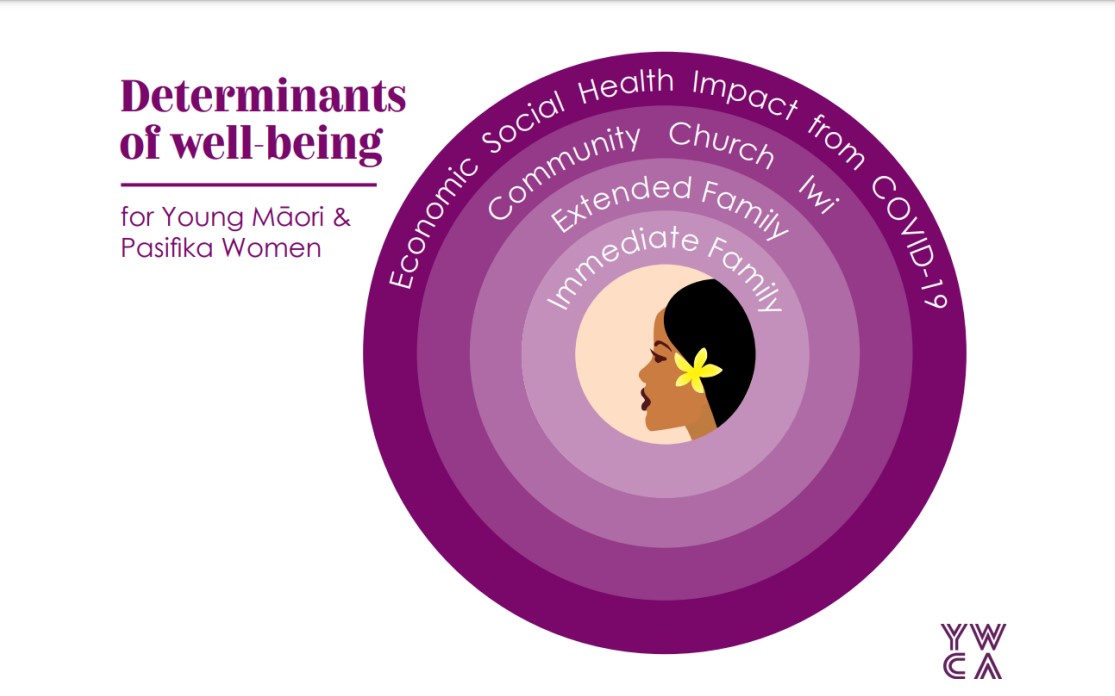Mapping the Spatial Variability of Sexually Transmitted Infections Across Fiji Health Regions
Abstract
Introduction: Sexually transmitted infections (STIs) are a significant public health problem in countries within the South Pacific, including Fiji. If untreated, curable STIs such as chlamydia, gonorrhea, and syphilis can cause infertility, adverse outcomes in pregnancy, and can increase the risk of contracting HIV in infected individuals.
Methods: This research used cartographic software to map and analyze the spatial distribution of selected STIs across health regions in Fiji. Total rates of STIs, as well as the prevalence of gonorrhea and syphilis specifically, were examined for the years of 2007 and 2016 to determine how spatial distribution patterns have changed over this period, and how resources might currently be most effectively mobilized to address this public health issue.
Results/Discussion: Our findings suggest that while some specific regions with high prevalence rates for 2007 and 2016 should be targeted for intervention in the short term, lack of data collecting and reporting raises concerns about the accuracy of rate estimations in non-urban areas.
Conclusion: Analyzing the spatial distribution of the prevalence of STIs in a given population can better inform the development and implementation of intervention strategies at local scales, thus improving health outcomes for countries and their communities. Overall, consistent and transparent STI data collection and reporting procedures are necessary for effective long-term management and minimization of STI spread in Fiji.
Copyright (c) 2021 Tayyab Shah, Michaela Sidloski, Elisa Toroc

This work is licensed under a Creative Commons Attribution 4.0 International License.


